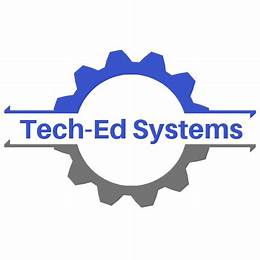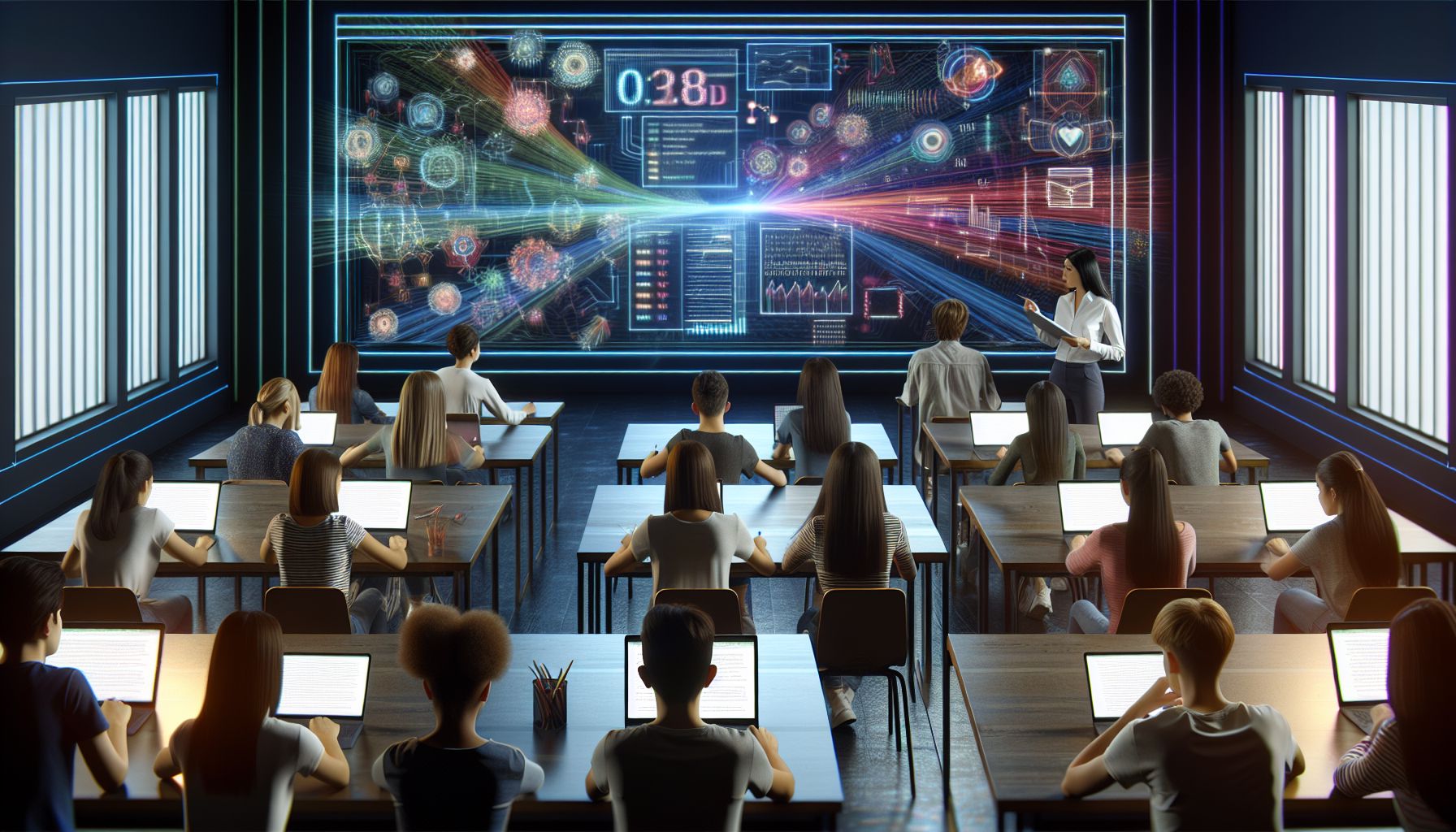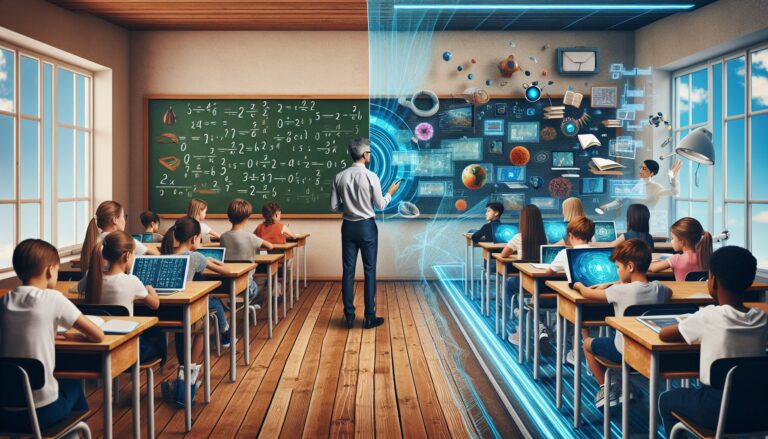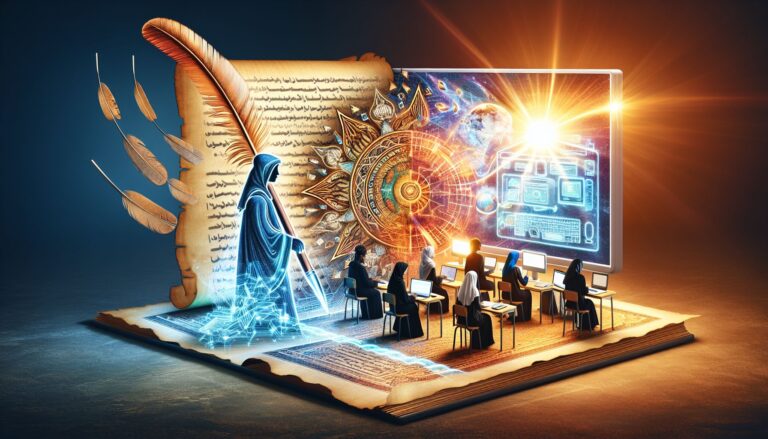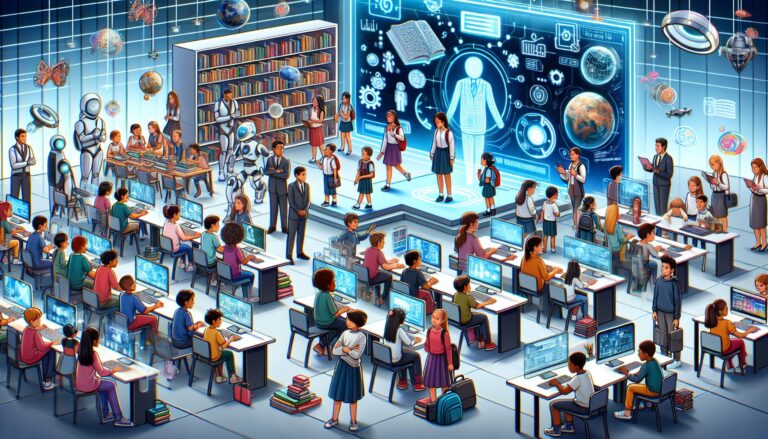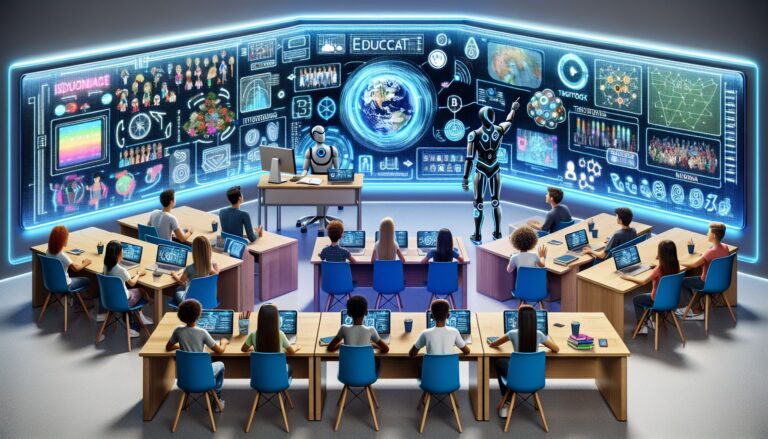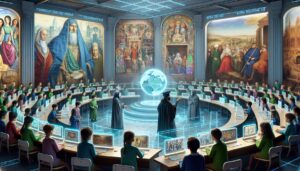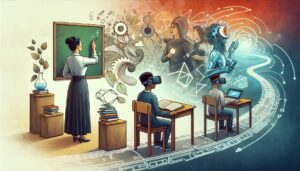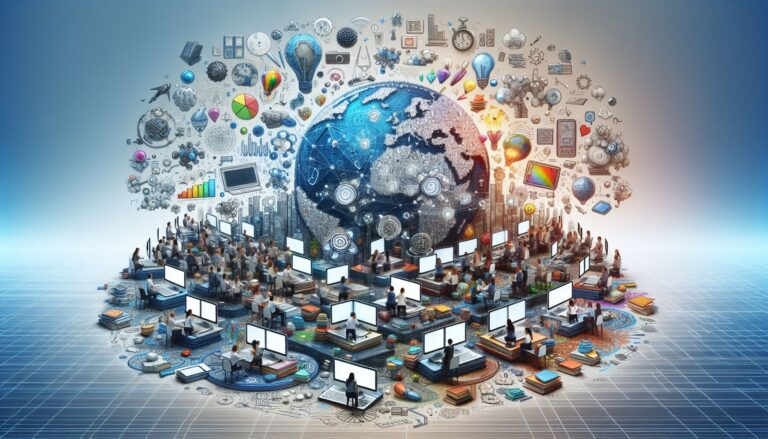In an era where technology touches every aspect of our lives, we stand at the frontier of an educational revolution. Gone are the days of one-size-fits-all lecturing and static textbooks as sole bearers of knowledge. We have entered a landscape where digital innovation breathes new life into pedagogical practices, making education more interactive, accessible, and individualized than ever before. This transformation is not just a fleeting trend but an evolutionary leap in how we impart wisdom and skills to the next generation.
 While traditional instructive methods have their place, modern learners crave engagement and a connection to the real world. The digital tools that enrich our classrooms today are more than mere gadgets; they are the engines of an educational movement that seeks to harness technology’s potential to elevate the learning experience. The integration of virtual reality (VR), augmented reality (AR), and artificial intelligence (AI) into the educational fabric is altering the very texture of how knowledge is acquired and applied.
While traditional instructive methods have their place, modern learners crave engagement and a connection to the real world. The digital tools that enrich our classrooms today are more than mere gadgets; they are the engines of an educational movement that seeks to harness technology’s potential to elevate the learning experience. The integration of virtual reality (VR), augmented reality (AR), and artificial intelligence (AI) into the educational fabric is altering the very texture of how knowledge is acquired and applied.
Starting with classroom dynamics, the digital age has brought forth an interactive model where smart boards and student tablets replace the passive one-way transmission of chalk and talk. These tools facilitate dynamic presentations and foster a more hands-on approach to learning. With the rise of e-learning platforms, we see the classroom extend beyond its physical boundaries, allowing students to access a wealth of resources and connect with peers and educators across the globe.
Yet, this proliferation of technology poses societal and ethical questions that demand our attention. As we immerse our youth in digital learning environments, issues of privacy, screen time, and the digital divide come to the forefront. Not all learners have equal access to the latest devices or high-speed internet, creating a new layer of inequality that educators and policymakers must address. Furthermore, concerns about data security and the potential for misuse of information are ever-present challenges that require vigilant oversight and ethical guidelines.
Despite these challenges, the benefits of online learning and technology-enabled classrooms are manifold. Digital tools offer customizable learning experiences that cater to students’ individual needs and learning styles, forging a more inclusive and diverse education system. These approaches accommodate varied learning styles and paces, allowing students to review material as needed and engage in interactive problem-solving exercises, making learning more dynamic and retention more robust.
As we conclude, we stand at a crossroads in education. The shift in how we teach and learn is momentous, heralding new methodologies that promise to prepare learners more effectively for a complex and rapidly changing world. While technology will continue to evolve and shape our instructional approaches, one thing remains certain: the educators’ role—though transforming—will always be the guiding force in orchestrating these advancements for the greatest educational impact.
As we peer into the future, we see a landscape where learning is liberated from the confines of time and space. A place where knowledge is a fluid mosaic, customizable and accessible, and where technology serves not to replace the human element but to amplify it. In this brave new world of education, the merging of technology and pedagogy creates boundless opportunities for growth, innovation, and enlightenment. The digital chalkboard is not just a tool; it is the canvas upon which the masterpiece of future education will be painted.
